11 Abandoned Theaters and Opera Houses Frozen in Time
There’s a strange and somber poetry in standing inside an abandoned theater. Once the beating heart of cultural life — echoing with arias, laughter, applause, and the hush before the curtain rose — these spaces now sit in eerie silence, their faded opulence offering a window into the past. Their ornate facades and crumbling interiors tell stories of forgotten glamour, lost grandeur, and the fleeting nature of fame, art, and architecture. From the rusting balconies of Cuba to the overgrown orchestra pits of rural Italy, these 11 abandoned theaters and opera houses serve as poignant reminders of what was — and what could still be. Let’s step inside and uncover the haunting beauty of these cultural ghosts.
1. San Rafael Theater – Mexico City, Mexico
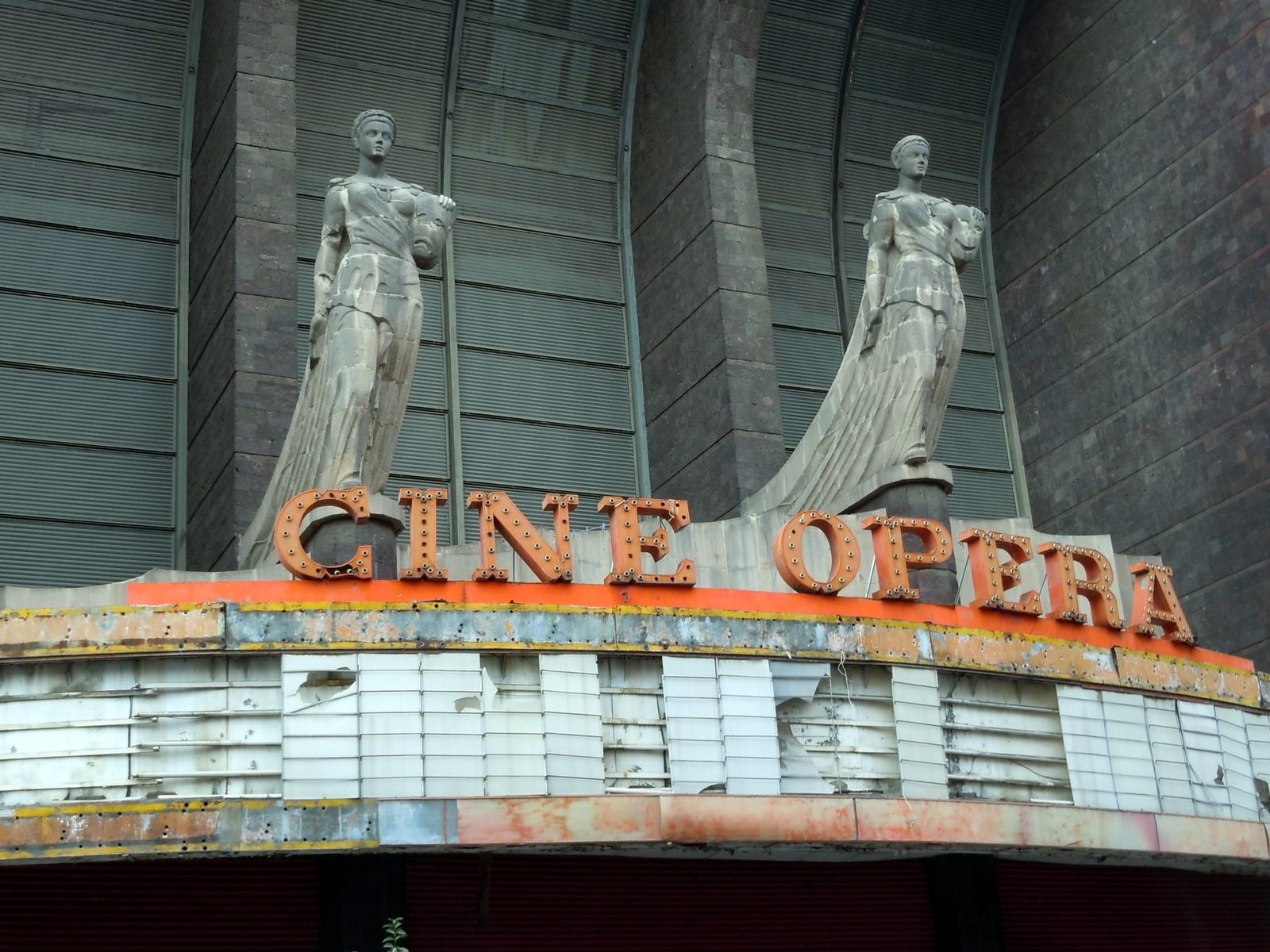
Once a cornerstone of Mexico City's vibrant performing arts scene, the San Rafael Theater now stands as a haunting yet elegant relic of a bygone era. Built in the 1950s in the heart of the Colonia San Rafael neighborhood—a district once celebrated for its cultural sophistication—the theater hosted legendary operas, plays, and musical performances that drew packed audiences night after night. Its grand façade and sweeping interior balconies evoked the glamour of Europe’s opera houses, while its programming championed Mexican artistic expression. Today, the theater sits eerily silent, its red velvet seats covered in decades of dust, and its ornate ceiling cracked and faded. Nature and time have crept in—sunlight filters through broken windows, casting golden rays on the once-glittering stage, now peeling and warped. Though abandoned, the San Rafael Theater remains a powerful monument to the city's artistic legacy, captivating urban explorers and nostalgic locals alike. It’s a place where the echoes of applause still seem to linger in the air, waiting for the curtain to rise again.
2. RKO Proctor’s Theatre – Newark, New Jersey, USA
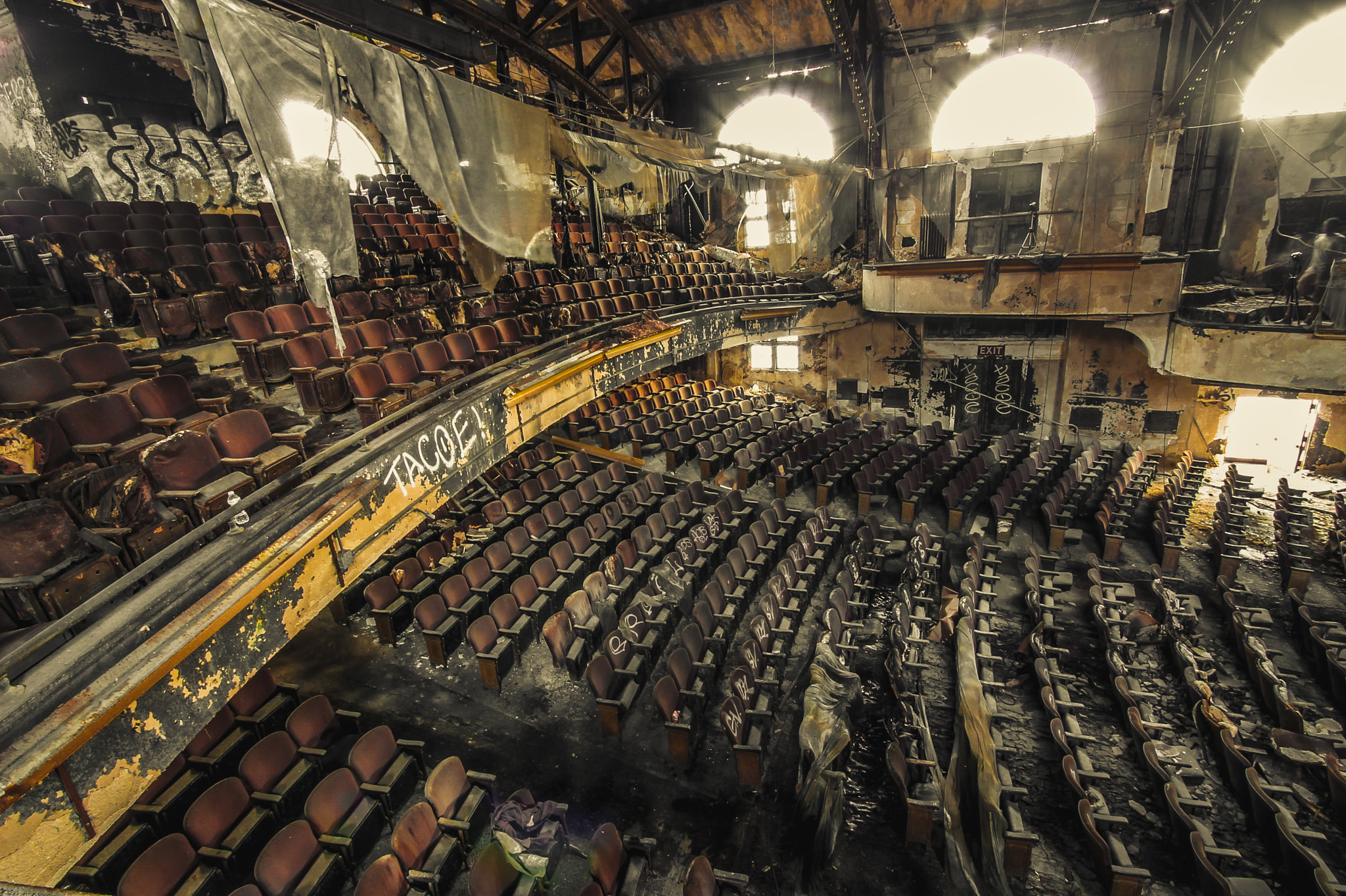
In its heyday, RKO Proctor’s Theatre was the crown jewel of downtown Newark—a gilded palace of cinema where locals dressed to the nines to catch the latest films or vaudeville acts under glittering chandeliers. Built in the 1910s and later operated by the famed RKO Pictures, the theater was part of a national circuit that brought elegance and escapism to urban centers across America. With its grand marquee, sweeping staircase, and elaborately detailed plasterwork, Proctor’s was more than a movie house—it was an experience. But as Newark's fortunes shifted and multiplexes took over, the theater fell into decline. It officially closed its doors in the late 1980s, leaving its opulent interiors to time and decay. Today, behind its fading façade and boarded windows lies a forgotten wonder: faded murals, velvet curtains hanging in tatters, and seats still bolted in place, facing a crumbling stage. While efforts to revive the space have been discussed over the years, RKO Proctor’s remains eerily frozen—a ghostly reminder of a golden age when going to the movies felt like stepping into a dream.
3. Orpheum Theatre – New Bedford, Massachusetts, USA
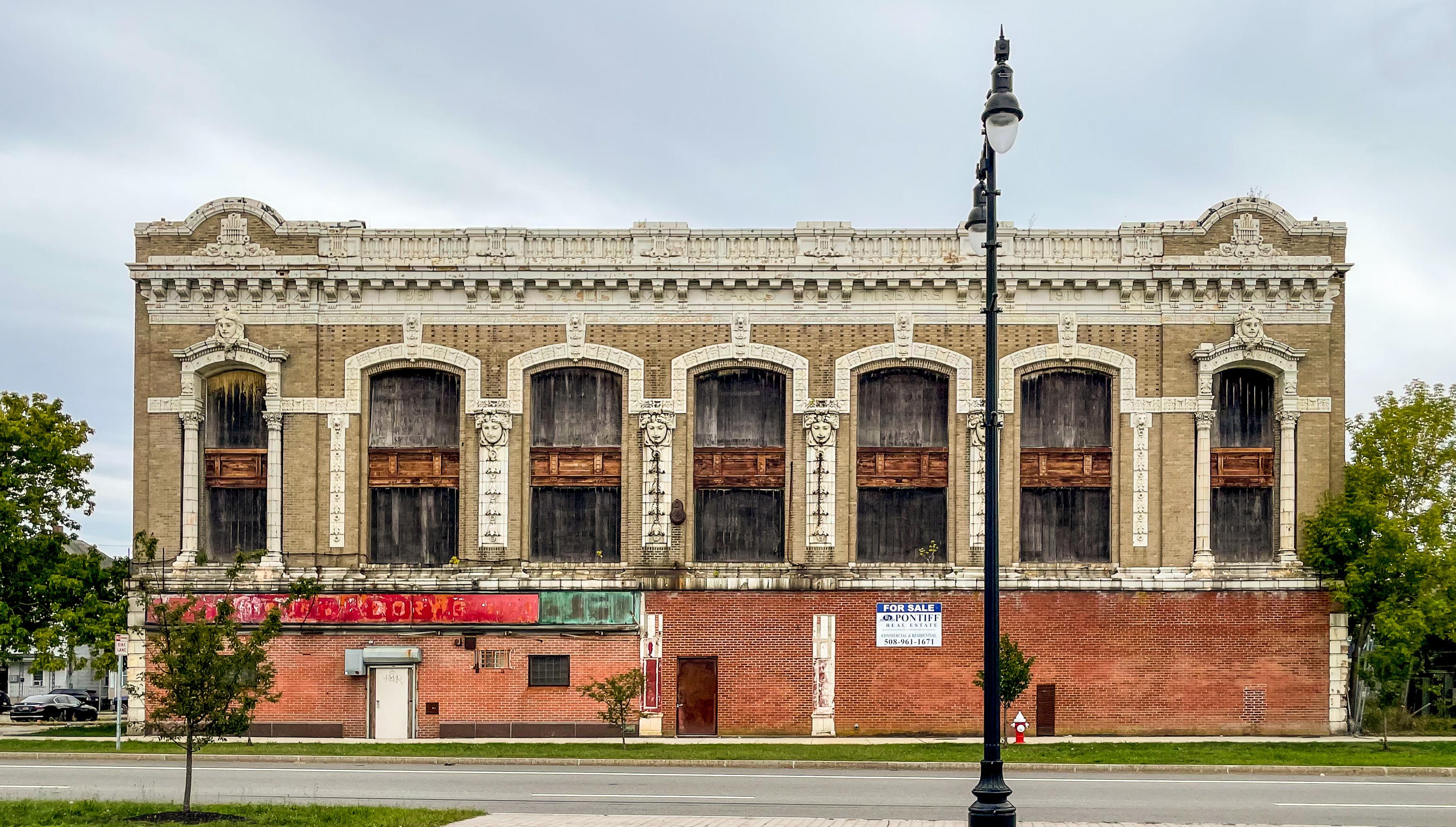
Opened in 1912, the Orpheum Theatre in New Bedford hosted operas, vaudeville shows, and early silent films. But after closing in the 1950s, the building entered a bizarre half-life: one half was used as a supermarket, the other remained an untouched theater, frozen in time. Gilded balconies and painted ceilings peeked out from behind collapsed curtains. Though local preservationists have tried to revive it, the Orpheum remains in limbo — a faded emblem of a port town’s cultural ambitions.
4. Ópera Estatal de Praga – Prague, Czech Republic
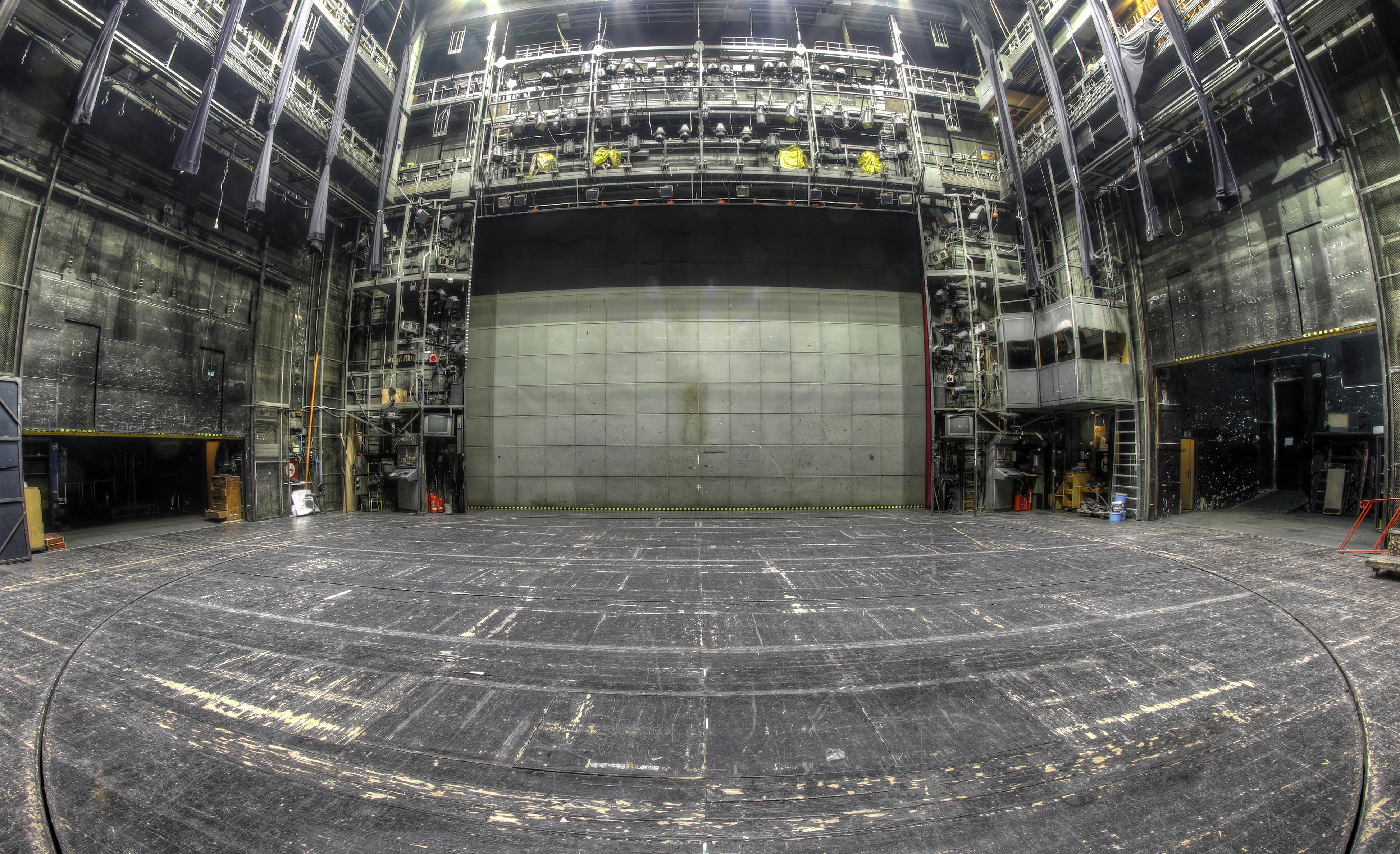
Unlike many decaying theaters lost to time, the Prague State Opera stands in a strange limbo—caught between historical grandeur and long stretches of quiet neglect. Originally opened in 1888 as the Neues Deutsches Theater, this Neo-Renaissance masterpiece was designed to rival Vienna’s finest stages, complete with ornate stuccowork, sweeping balconies, and a massive chandelier crowning the auditorium like a frozen constellation. Over the decades, the building weathered empires, wars, and political upheaval, even serving as a Nazi cultural center during WWII. After communism fell, the theater slowly reclaimed its operatic legacy—but not without periods of eerie abandonment. For years at a time, its plush velvet seats sat empty, and the grand stage remained dark, awaiting long-overdue renovations. Now partially restored and occasionally used for performances, much of its backstage and auxiliary areas remain untouched—frozen in another century. Dusty dressing rooms, forgotten costumes, and chipped frescoes offer a haunting glimpse behind the curtain of one of Europe’s most beautiful, yet intermittently abandoned, opera houses.
5. The Paramount Theatre – Newark, New Jersey, USA
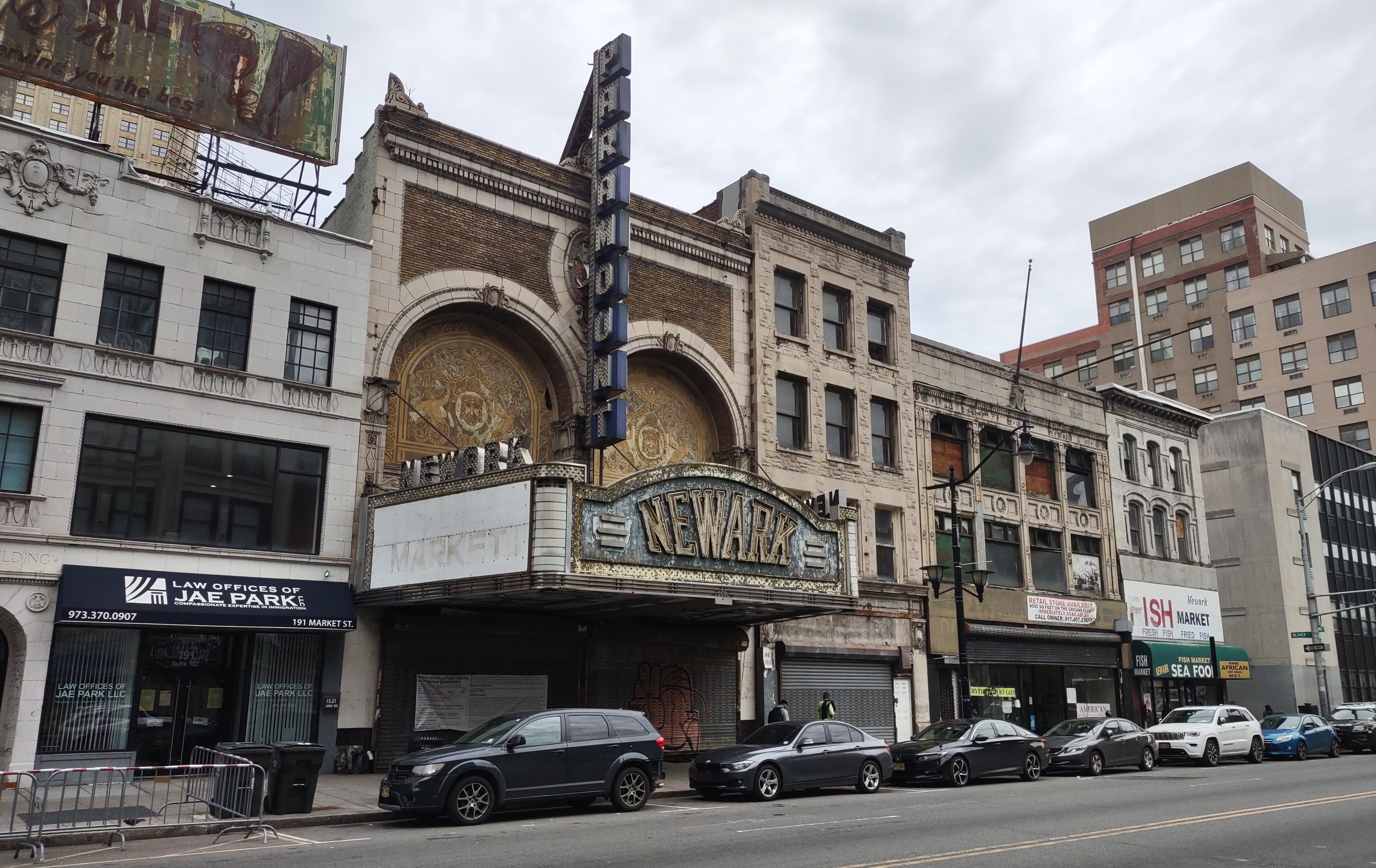
Once one of New Jersey’s crown jewels, the Paramount opened in 1886 and served as both a theater and a movie palace. With over 2,600 seats and a Wurlitzer organ, it was a marvel of its time. But as downtown Newark declined in the 20th century, so did the Paramount. By the 1980s, its richly decorated Art Deco interior was falling into disrepair. Today, it remains closed to the public, a grand but ghostly reminder of a bygone era of live performance.
6. Old Theater in Karaganda – Karaganda, Kazakhstan
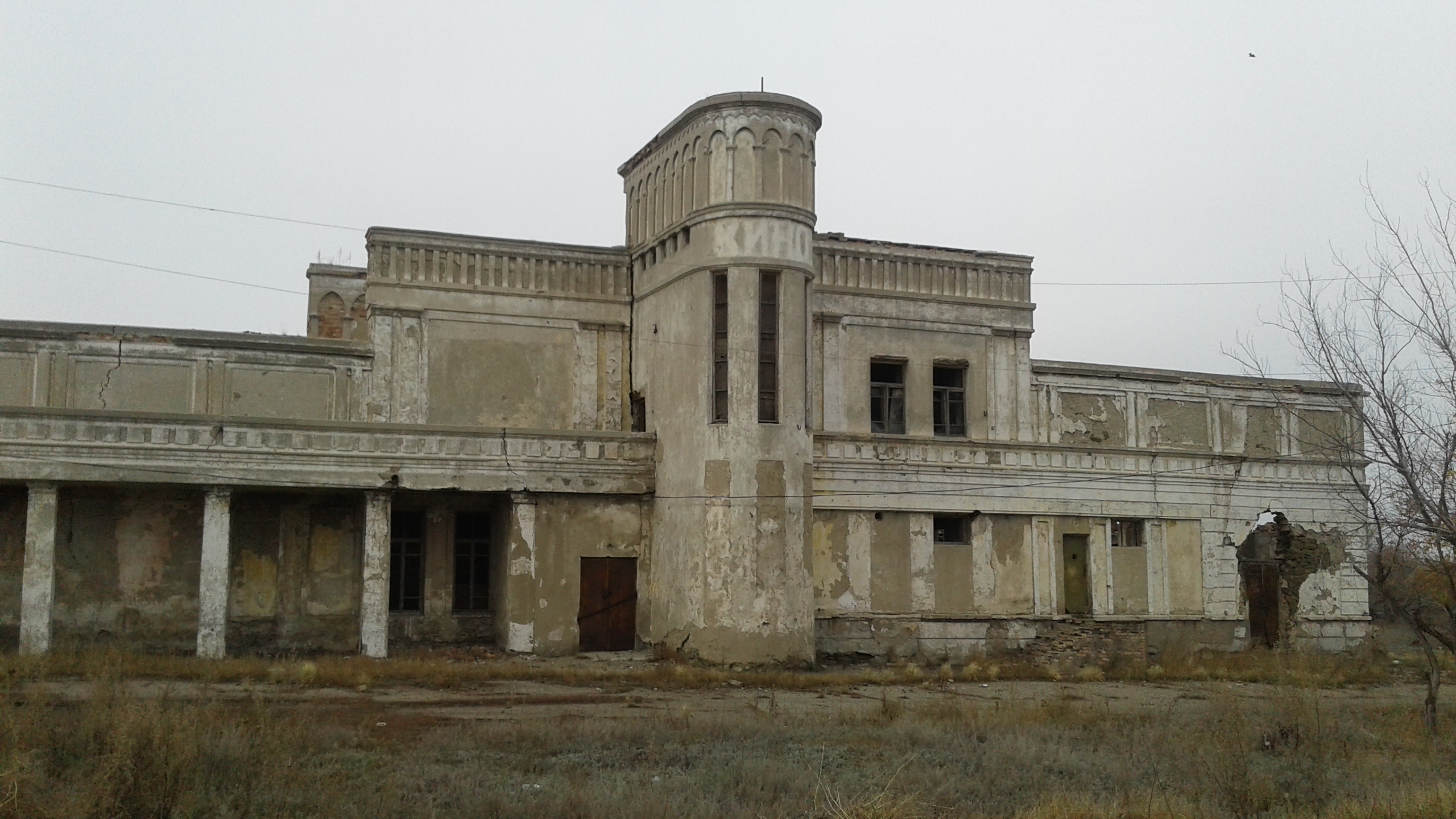
In the heart of Kazakhstan’s industrial past lies a crumbling cultural relic—the abandoned cinema-theater in Karaganda, a once-grand venue now swallowed by silence and dust. Built during the Soviet era, its architecture reflects the imposing symmetry and utilitarian elegance of the time, complete with a columned facade and a central turret that still bears the faded Cyrillic word “КИНО” (KINO), or "cinema." This theater likely served as a vital cultural hub during the city’s boom years when Karaganda was a thriving coal mining center. Families, factory workers, and young lovers once filled its halls, escaping the grayness of daily life through the magic of film and performance. Today, the structure is a ghost of its former self—its peeling paint, cracked plaster, and boarded-up windows whisper stories of forgotten premieres and applause that echoed long ago. Overgrown with wild grass and flanked by broken pathways, the building feels marooned in time, as though waiting for its final curtain call. Few places in Central Asia capture the eerie beauty of post-Soviet decay quite like this forgotten theater in Karaganda—a solemn monument to art, community, and the quiet erosion of history.
7. Gran Teatro Cervantes – Tangier, Morocco
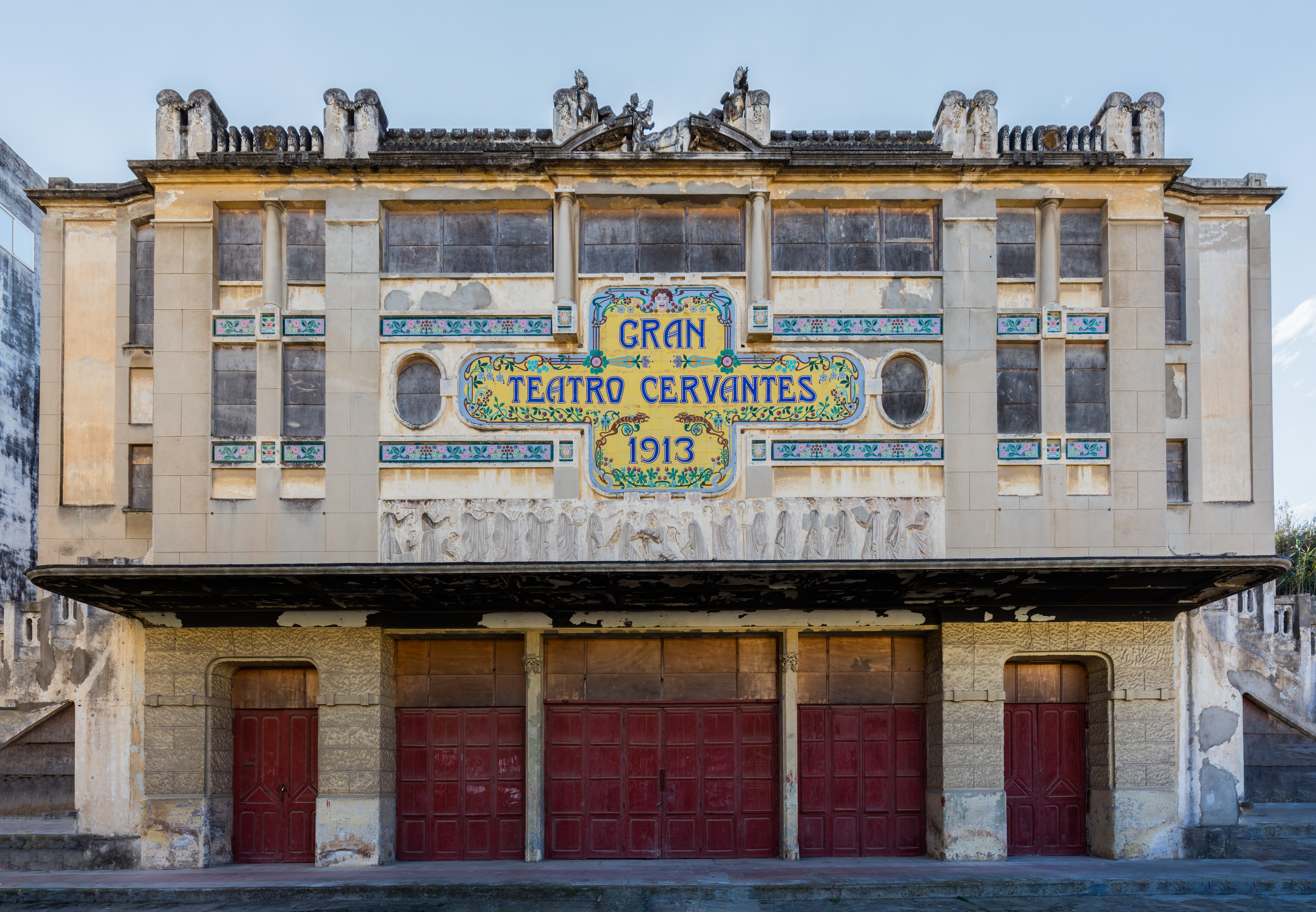
Opened in 1913, the Gran Teatro Cervantes was a symbol of Tangier’s cosmopolitan golden age. Built by Spanish architects and adorned with intricate Art Nouveau details, the 1,400-seat venue was the largest theater in North Africa at the time. Now, its crumbling facade hides a theater choked by debris and vines. Though technically under the protection of Spain, the site has been abandoned since the 1960s, with preservation plans long stalled. Still, it stands — defiant, beautiful, and broken.
8. Theater Tuschinski – Amsterdam (Stage Left Wing), Netherlands
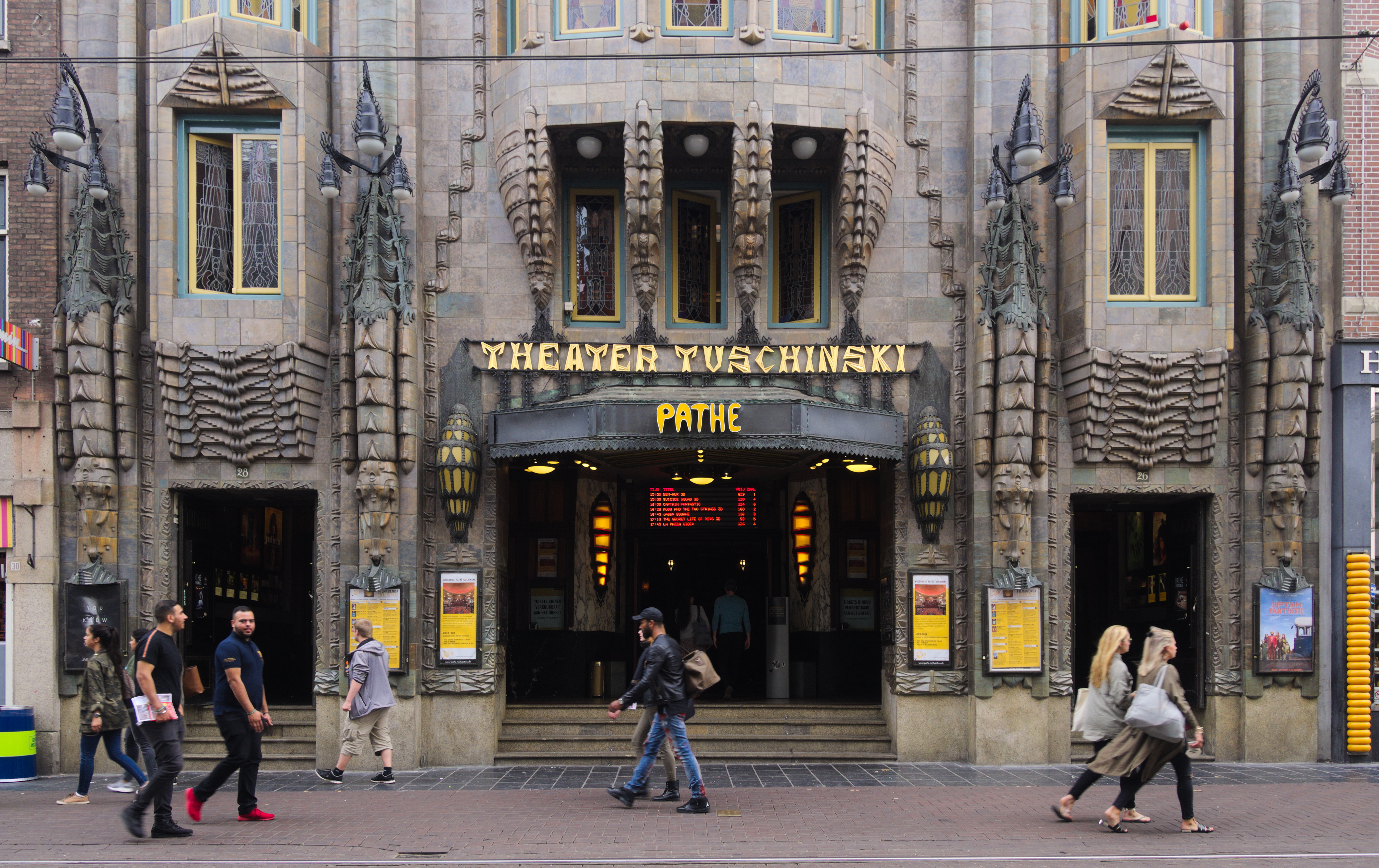
While the main auditorium of Amsterdam’s Tuschinski Theater continues to screen films in opulent Art Deco style, one section — the original Stage Left Wing — has remained sealed off since the 1980s. Hidden behind heavy velvet drapes and security doors, this part of the theater has been largely untouched, featuring faded murals, broken velvet chairs, and forgotten dressing rooms. It’s a strange juxtaposition: a thriving cinema with a ghost wing quietly deteriorating in the shadows.
9. Brandenburg Castle – Concert Benches in the Ruins, Ukraine
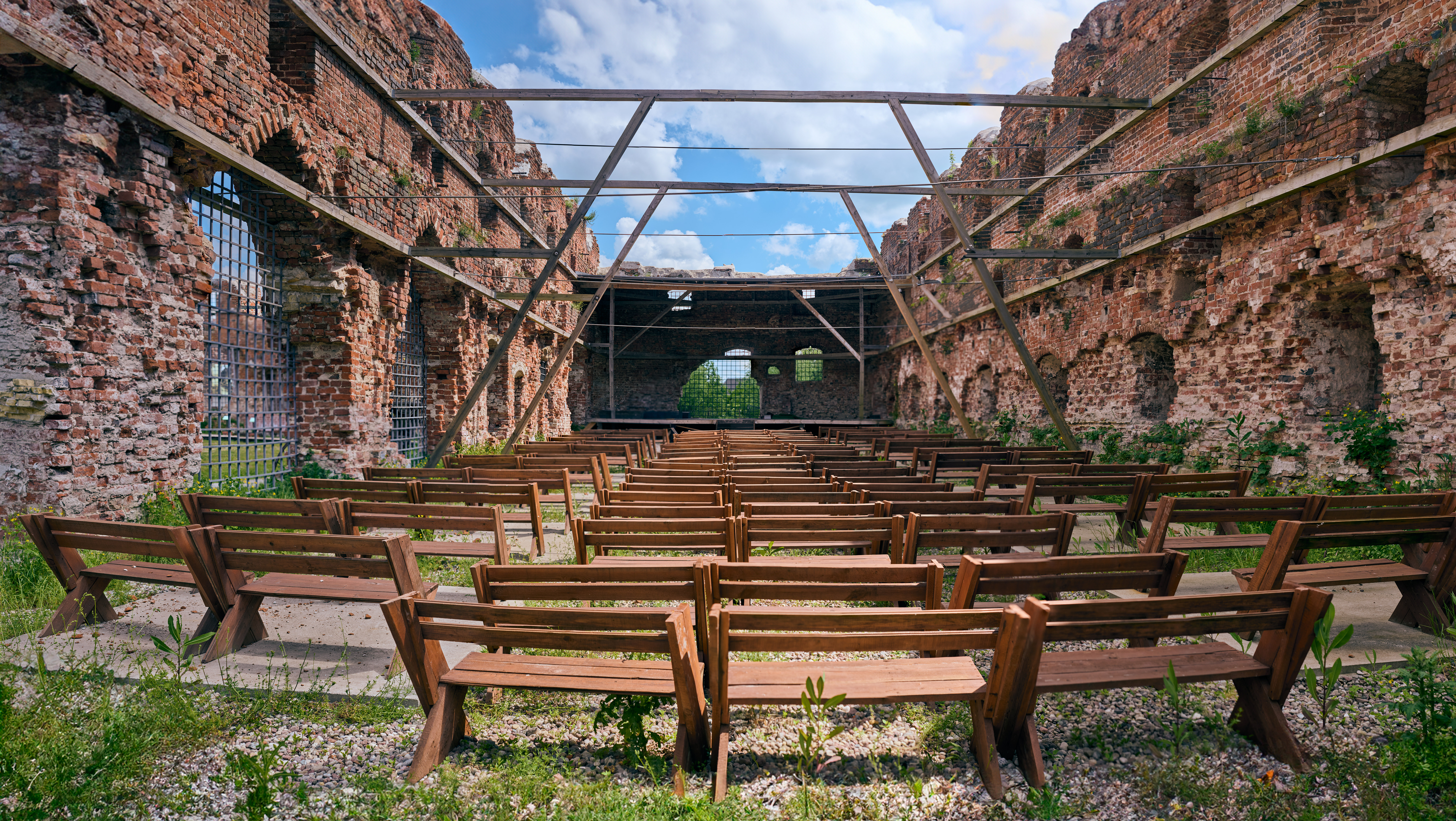
Tucked into the rolling hills of Western Ukraine, the ruins of Brandenburg Castle whisper tales of centuries past—but among its crumbling stone walls lies an unexpected remnant of more recent memory: a modest wooden audience, still facing the ghost of a stage that once hosted open-air concerts under the stars. Long weathered by wind and rain, the wooden benches are cracked and moss-flecked, but they remain eerily aligned—as if still waiting for the next performance to begin. Once used for summer festivals, folk concerts, or theatrical performances against the dramatic backdrop of medieval stone, the setting blurs the line between ancient history and vanished tradition. Today, the amphitheater-like space is silent except for birdsong and the occasional breeze, yet it radiates a strange kind of reverence. These forgotten benches don’t just face a stage—they face memory itself, suspended in time within the bones of a fortress that has watched centuries rise and fall.
10. Palace of Culture – Zalissya Village, Chernobyl Exclusion Zone, Ukraine
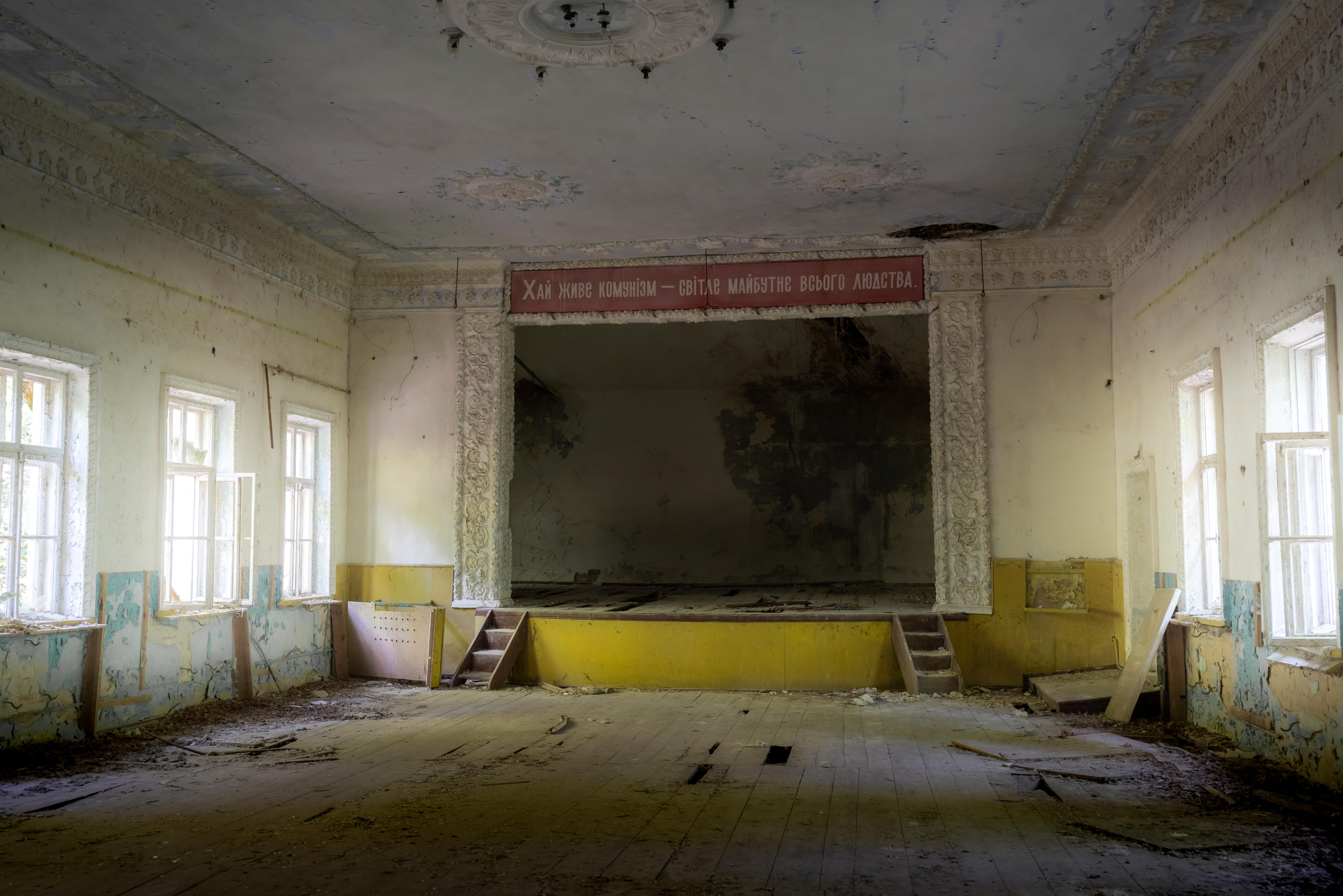
Just beyond the rusting road signs and overgrown forest trails of the Chernobyl Exclusion Zone lies Zalissya Village—one of the first evacuated communities after the 1986 nuclear disaster. At its heart stands the crumbling Palace of Culture, a ghostly reminder of the Soviet Union’s once-ambitious efforts to bring art, music, and community to even its most remote rural villages. Now draped in silence and decay, the building’s once-proud columns and decorative facade are blanketed in moss, its windows shattered, and its auditorium swallowed by creeping vegetation and shadows. Before the disaster, this palace would have been the beating heart of village life—hosting plays, dance performances, film screenings, and community events. Inside, nature has become the only performer. Rusted stage lights dangle from the ceiling, and scattered chairs face an empty stage where laughter and music once echoed. It's a deeply atmospheric place—one that captures the eerie stillness of a world frozen in time, and the surreal juxtaposition of cultural pride and sudden abandonment. The Palace of Culture in Zalissya is not just an architectural relic—it's a haunting symbol of how quickly civilization can vanish, leaving behind only echoes.
11. Zvezda Cinema – Moscow, Russia
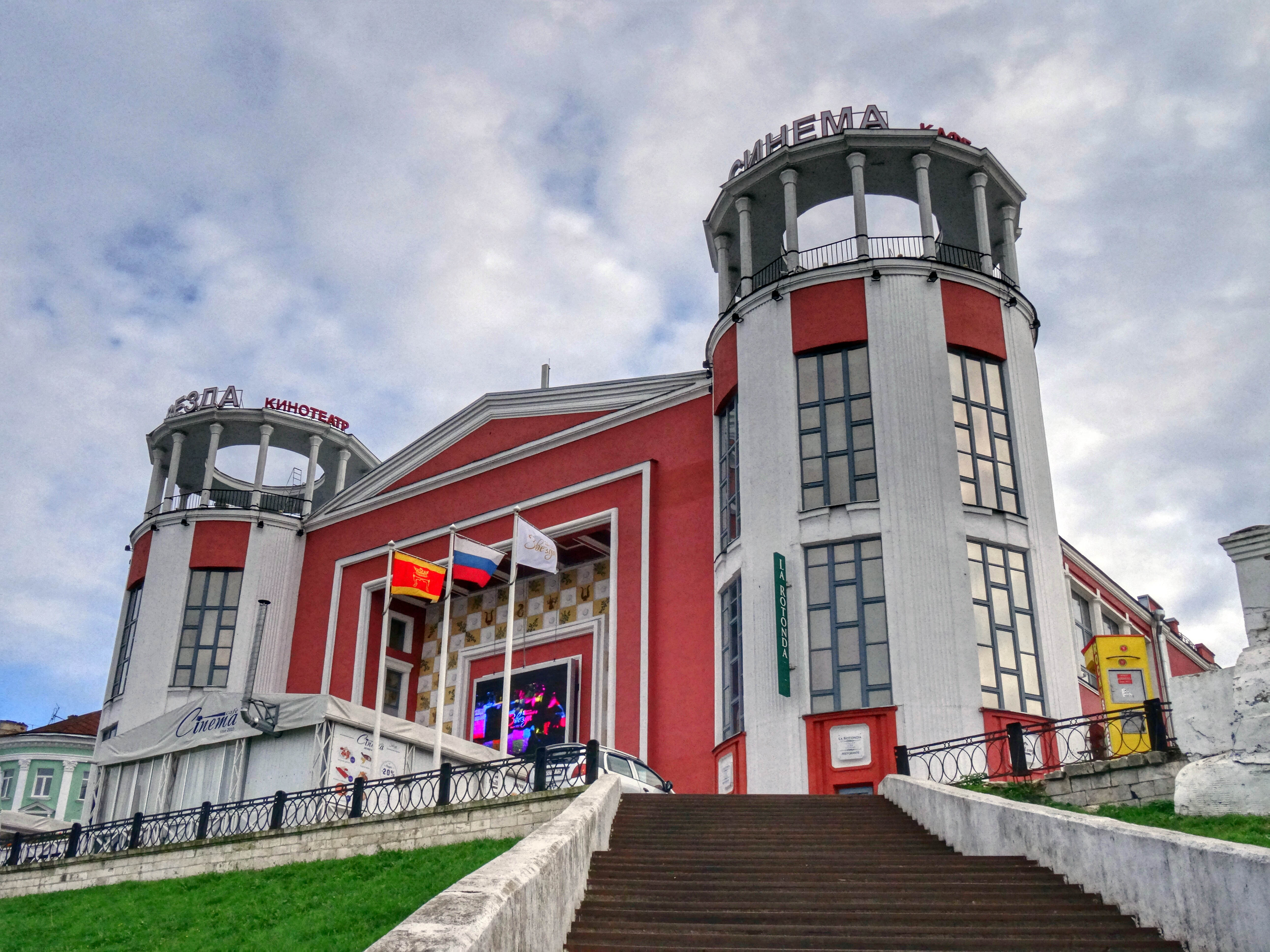
Once a glittering Soviet-era cinema, the Zvezda (“Star”) opened in the 1950s as part of Moscow’s campaign to provide cultural amenities in every neighborhood. With murals celebrating workers, towering gold-trimmed columns, and a vast domed ceiling, it offered escapism to generations. After the fall of the USSR, it slowly deteriorated, falling prey to vandals and urban neglect. Today, its graffiti-covered walls and shattered chandeliers feel more like a dystopian art installation than a memory of collective joy.
The Theaters Time Forgot
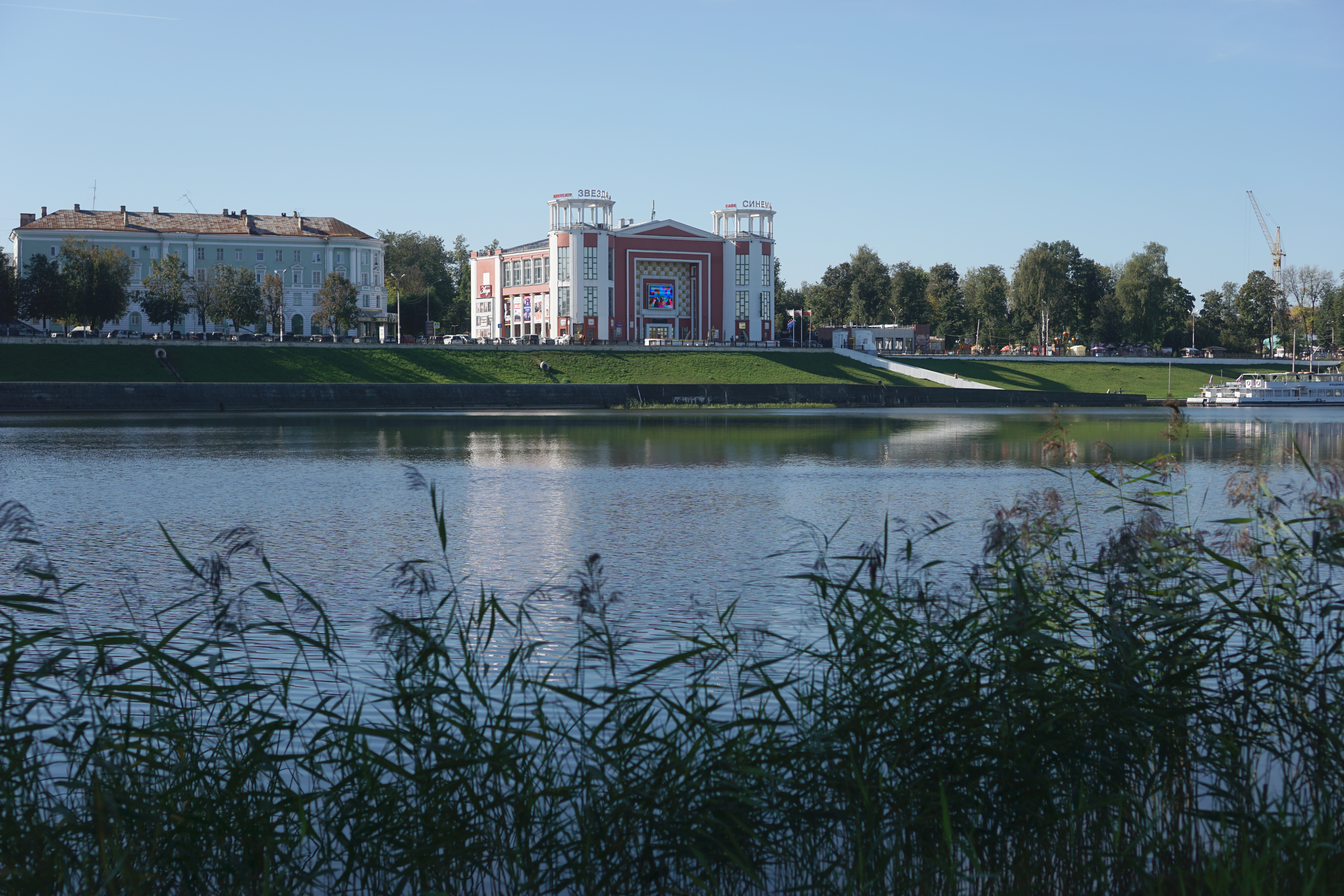
Each of these theaters was once a cultural cornerstone — places where people gathered to laugh, cry, and connect through the shared magic of performance. Now silent and decaying, they whisper stories of their glory days, still dressed in tattered velvet and cracked gold leaf. Whether frozen in time or awaiting rebirth, abandoned theaters remind us that architecture, like art, can outlive its purpose — becoming something more than a building: a memory made manifest. Would you like me to help format this into sections for publishing or expand any of the entries with more historical depth or visual detail?








